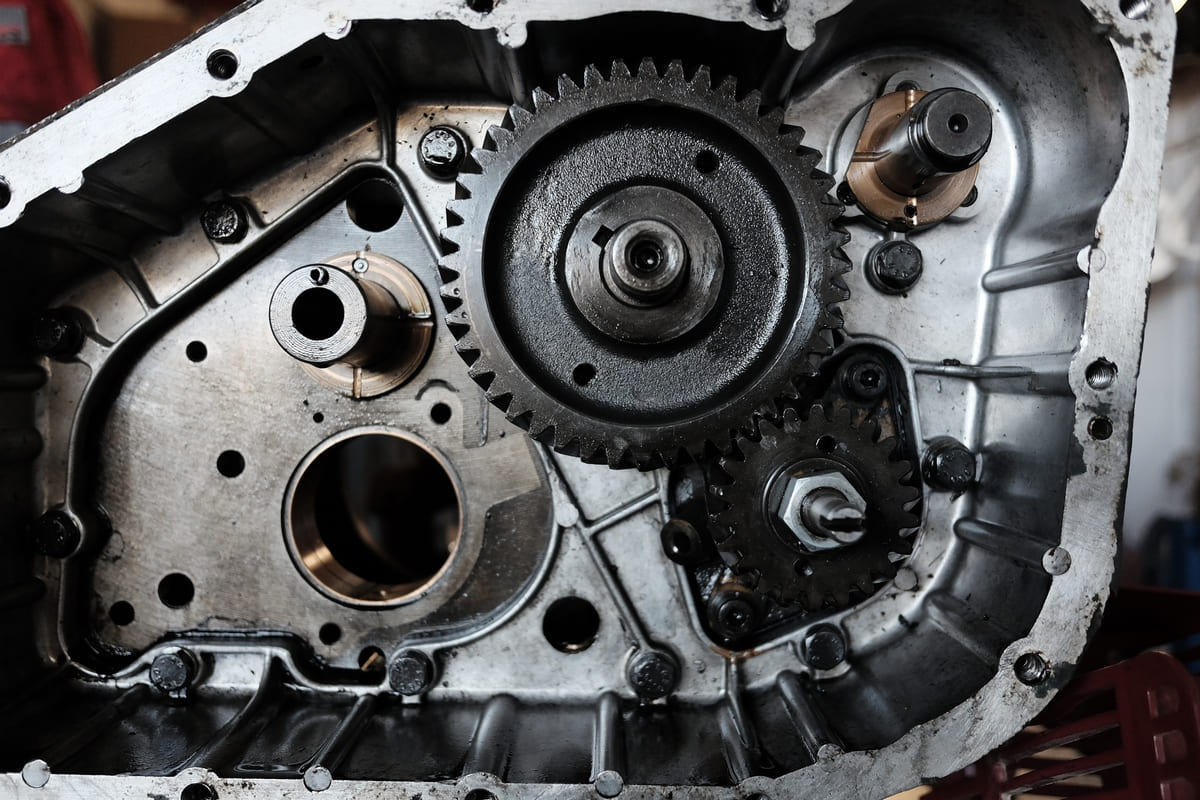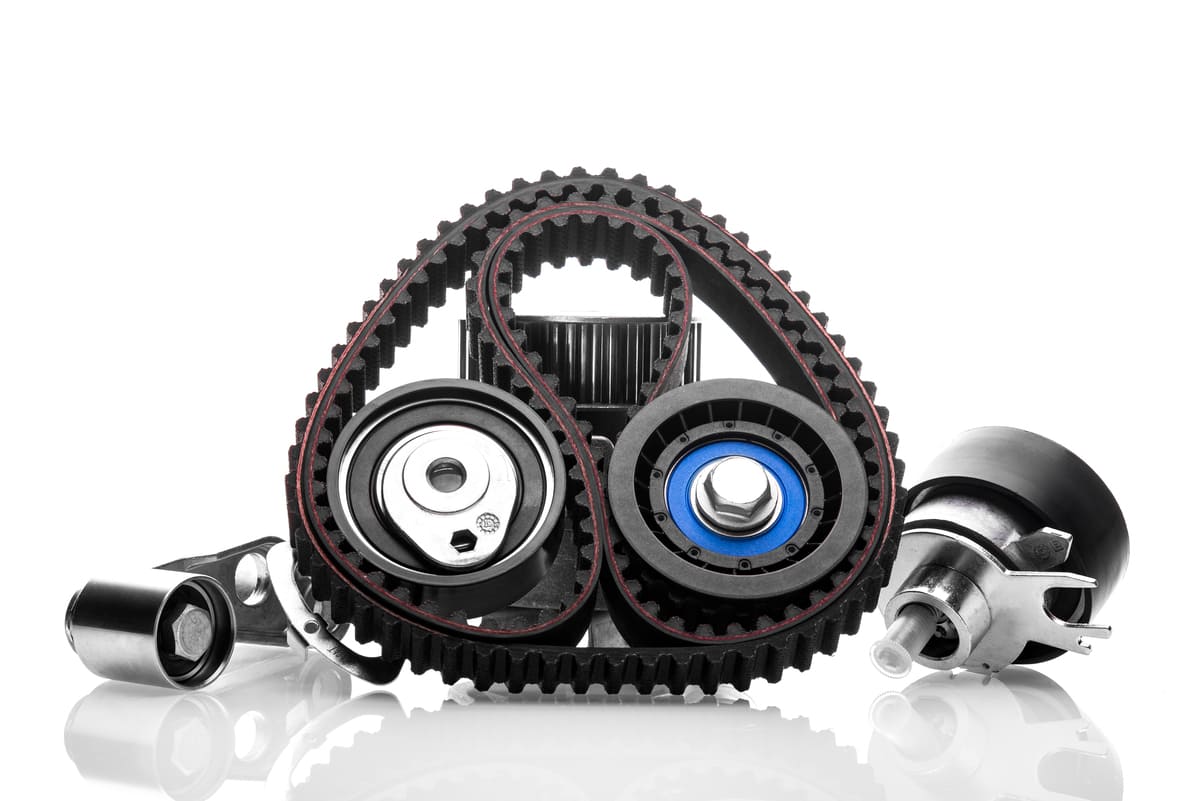When to Change Timing Belt on a BMW 335i?
The timing belt plays a crucial role in your BMW 335i's engine performance. This component synchronizes the rotation of the crankshaft and camshaft, ensuring that your engine's valves open and close at the right time. A functioning timing belt keeps your engine running smoothly and efficiently.
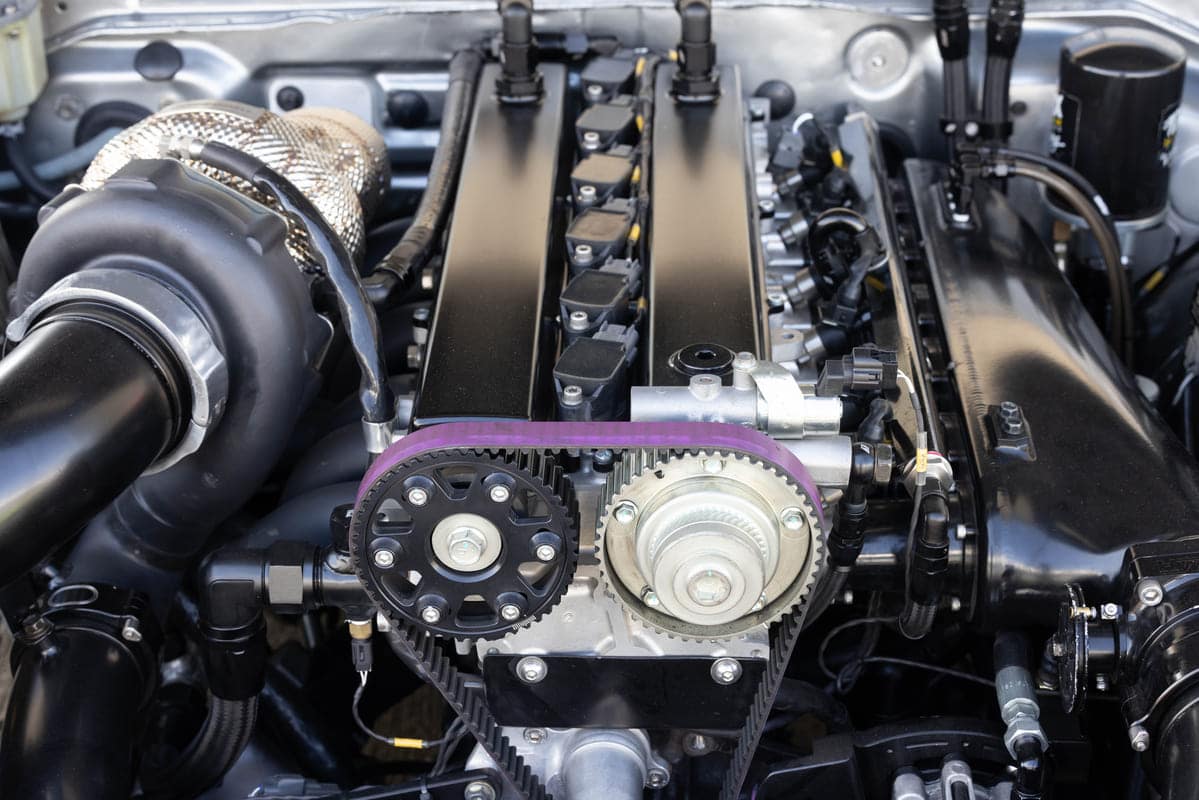
Changing the timing belt is essential for your vehicle’s health. If this belt wears out or breaks, it can lead to severe damage. This costly repair can be avoided with timely replacements. Regular maintenance helps maintain your car’s performance and longevity.
This ask the expert post aims to inform you about when to change the timing belt on a 335i. We will discuss the recommended change intervals and signs of wear. Knowing when to change your timing belt can save you time, money, and stress.
What is a Timing Belt?
A timing belt is a critical component of an , typically made of reinforced rubber. It connects the crankshaft to the camshaft, synchronizing their movements. This synchronization is essential because it controls the timing of the engine’s valves. When the engine runs, the crankshaft turns, and the timing belt ensures that the camshaft turns at the correct speed and in the right direction.
The timing belt also drives other essential components, such as the water pump in some engine designs. If the timing belt were to fail, the engine could suffer from severe damage, as the pistons and valves could collide, leading to costly repairs. Regular checks and maintenance of the timing belt can prevent such catastrophic failures.
Why is the Timing Belt Important?
The importance of the timing belt cannot be overstated. If the timing belt fails, it can lead to significant engine damage, including bent valves, damaged pistons, or even complete engine failure. These issues can result in repair costs ranging from hundreds to thousands of dollars, depending on the extent of the damage.
Preventive maintenance is crucial to ensuring the longevity of the timing belt. Most manufacturers, including BMW, recommend replacing the timing belt every 60,000 to 100,000 miles, depending on the specific model and driving conditions. Regularly scheduled maintenance helps drivers avoid unexpected breakdowns and the associated costs of major repairs.
By understanding the function and importance of the timing belt, BMW 335i owners can take proactive steps to maintain their vehicles and ensure they run smoothly for years to come.
References
- Oceanside Motorsports. When Does My BMW Timing Belt Need to be Replaced?. Retrieved from on 11 November 2024.
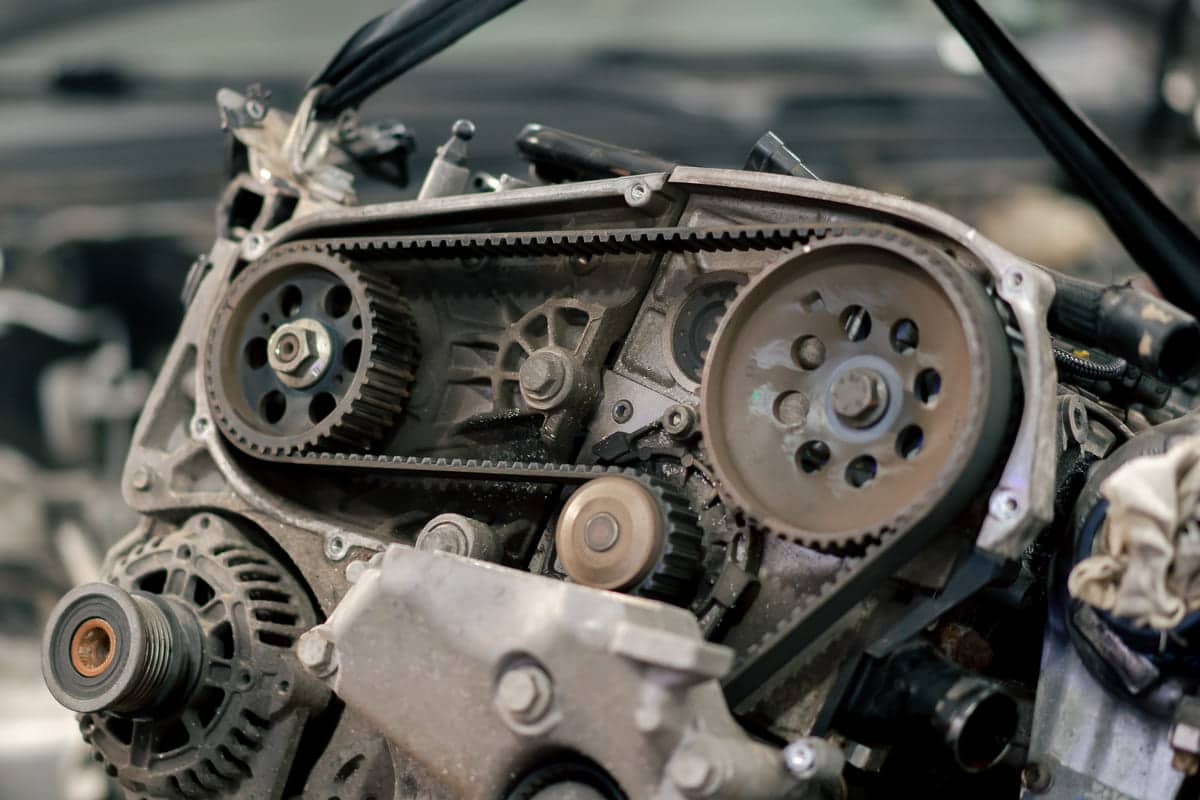
When Should You Change the Timing Belt?
BMW recommends that the timing belt on a 335i be replaced at specific intervals to maintain optimal engine performance. The general guideline for many BMW models, including the 335i, is:
- Replacement Intervals: BMW recommends replacing the timing belt approximately every 60,000 to 100,000 miles. This range can vary based on factors such as driving conditions and maintenance habits.
- Check the Owner’s Manual: Always refer to the owner’s manual for your specific BMW model year. It provides the most accurate and detailed maintenance schedules.
- Regular Inspections: Even if you haven’t reached the recommended mileage, regular inspections are essential. Look for any signs of wear, including cracks or fraying.
Following these guidelines can help ensure your BMW 335i operates smoothly and avoid costly repairs due to timing belt failure.
What are the Signs that Your Timing Belt Needs Replacement?
Recognizing signs of a worn timing belt can save you from costly repairs. Key indicators include visible wear, unusual engine sounds, and warnings. Addressing these symptoms promptly ensures your BMW 335i runs smoothly, avoiding unexpected breakdowns.
Visual Indicators of Timing Belt Wear
A close look at the timing belt can reveal signs of wear. Cracks, frayed edges, or a shiny, glazed surface indicate deterioration, which could lead to failure. Regular inspection helps catch these signs early, preventing engine damage. It’s best to consult a trusted mechanic if you notice any visual damage, as this can affect your car’s performance.
Performance Symptoms of Timing Belt Issues
A worn timing belt can cause engine performance problems. Misfires, stalling, or unusual engine sounds like grinding can signal an issue with the timing belt. Difficulty starting the engine is another symptom, as the timing belt’s role in synchronizing engine components affects ignition. Addressing these signs promptly can prevent severe damage.
Dashboard Warnings and Engine Alerts
Modern vehicles, including BMW models, have dashboard warning systems to alert drivers to potential issues. Engine performance-related warnings may indicate timing belt problems. Although a warning light might not specifically mention the timing belt, it’s crucial to investigate engine warnings with a mechanic to avoid costly repairs.
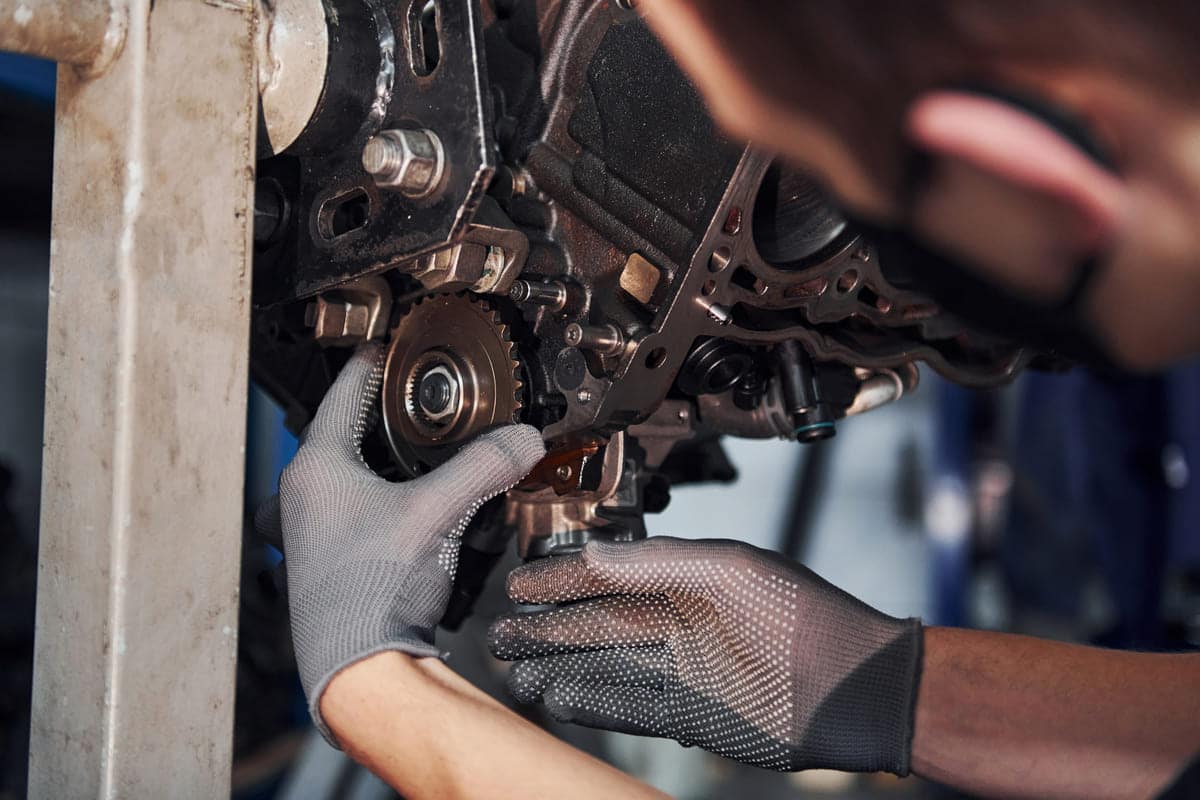
How Do You Change the Timing Belt on a BMW 335i?
Changing the timing belt on a BMW 335i is a complex task and requires precision. Below are step-by-step instructions. However, it’s recommended to consult a professional if you’re not experienced in automotive repairs, as mistakes can lead to costly engine damage.
Prepare the Workspace and Tools
- Ensure the vehicle is on a level surface with the parking brake engaged.
- Disconnect the battery to prevent electrical hazards.
- Gather tools like a wrench set, socket set, screwdriver, and timing belt kit. A service manual for your specific model can also help.
Access the Timing Belt
- Remove the engine covers and any components blocking access to the timing belt. This may include hoses, the serpentine belt, and pulleys.
- Use a diagram or photo of the engine layout to help with reassembly later.
Align Timing Marks
- Rotate the crankshaft to align timing marks on the camshaft and crankshaft. This ensures that the engine remains in the correct timing position.
- Use a wrench to carefully turn the crankshaft and confirm the alignment with the service manual.
Remove the Old Timing Belt
- Release the tensioner to loosen the belt, then carefully remove the old timing belt.
- Inspect the tensioner and water pump. Replace these components if they show any signs of wear.
Install the New Timing Belt
- Place the new timing belt on the camshaft and crankshaft pulleys, ensuring it fits tightly without slack.
- Re-tension the belt by adjusting the tensioner as specified in the manual.
Double-Check Timing Marks
- Confirm that the timing marks on the camshaft and crankshaft remain aligned with the new belt installed.
- This step is essential to avoid timing issues that can lead to engine misfires or damage.
Reassemble Engine Components
- Reattach all components removed for access, including the serpentine belt, hoses, and engine covers.
- Tighten all bolts securely and reconnect the battery.
Test the Engine
- Start the engine to check for proper operation. Listen for any unusual noises and ensure the engine idles smoothly.
- If everything sounds good, your timing belt replacement is complete.
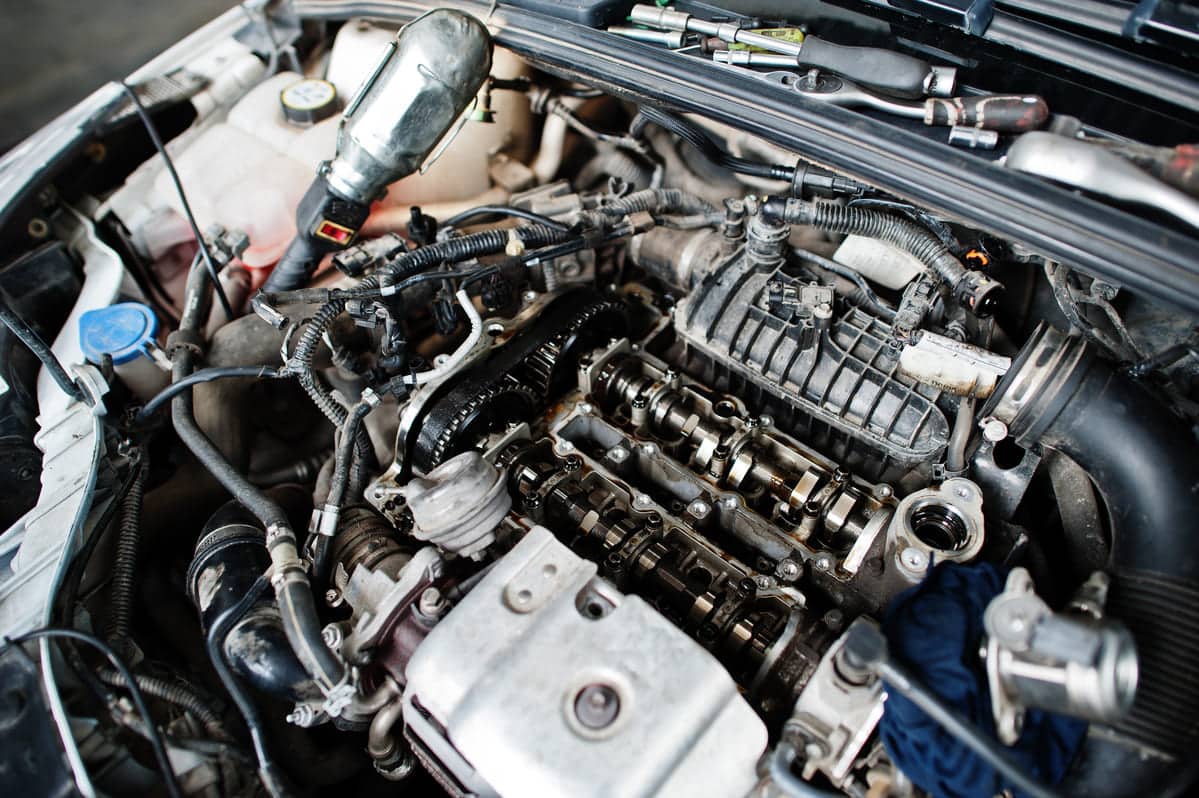
What is the After Replacement Care?
Ensuring the longevity of your new timing belt involves a few key steps. Proper post-replacement care will help maintain engine performance and reduce the risk of future issues.
Post-Replacement Checks
- Verify that all components are correctly installed. Look for any loose bolts or misaligned parts, especially around the timing belt.
- Listen to the engine as it runs. If you notice any strange noises, such as clicking or squealing, it may indicate incorrect installation.
- Check that the timing marks are still properly aligned. Misalignment can affect engine timing, leading to misfires or reduced performance.
Regular Maintenance Tips
- Routine Inspections: Schedule regular checks to ensure the timing belt remains in good condition. Most mechanics recommend visual inspections every 10,000 to 15,000 miles.
- Monitor Related Components: Timing belts often rely on related parts like the water pump and tensioners. It’s wise to replace or inspect these during each timing belt check, as worn parts can shorten the belt’s lifespan.
- Check Belt Tension: Too much or too little tension can cause the belt to slip or wear out quickly. Confirm proper tension with every inspection.
Recommended Maintenance Intervals
- Timing belts generally last between 60,000 and 100,000 miles, but regular checks are essential to catch wear early.
- Follow BMW’s specific maintenance schedule, as outlined in the owner’s manual, to keep the timing belt and related parts functioning smoothly.
Maintaining the timing belt and associated engine components can significantly enhance your BMW 335i’s performance and extend the engine’s life.
End Thought
Replacing the timing belt on your BMW 335i is essential for maintaining engine health and avoiding costly repairs. A worn timing belt can lead to serious issues, including engine damage and reduced performance, making timely replacement crucial.
Staying proactive with routine checks and adhering to manufacturer-recommended maintenance can help extend your vehicle’s life. Keep an eye out for signs of wear, and don’t hesitate to consult a professional if you’re unsure. With proper care, you’ll ensure your BMW continues to deliver peak performance for years to come.


